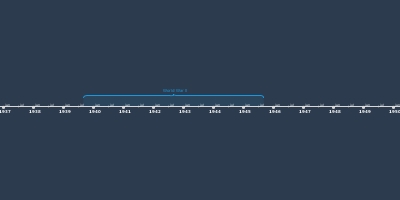Treaty of Versailles (jun 28, 1919 – jan 10, 1920)
Description:
The treaty of Versailles was a peace conference held in Paris, France. The goal of the treaty was to punish Germany and meet the goals of the various Allied Powers. There are 15 parts and 440 articles in the treaty. Though most of the document addresses Germany, there are also parts relating to prisoners of wars and graves and the creation of an international labor organization. The United States was not a participant. Despite President Woodrow Wilson’s role in the conference and his intense efforts to win the support of the American public, the Senate voted to reject the treaty in November 1919. Several countries threatened not to sign the treaty. Italy momentarily walked out of the conference over territory promised by the British and French during the war. The signing of the Treaty of Versailles concluded the most crucial period of the Paris Peace Conference. China was the only nation present at Paris that did not sign the treaty. The Chinese delegation refused to sign the treaty and left feeling betrayed by the West. It was a peace treaty between the nations of Japan, the United States, France, Austria-Hungary, Germany and Britain after World War I. The Treaty of Versailles had numerous damaging impacts on Germany. One negative impact was Germany had to pay reparations to the Allies. The $33 billion in reparations crippled the German economy leading Germany into a severe economic depression in the 1920s. The Germans loathed the Treaty of Versailles because they had not been permitted to take part in the Conference. The Germans loathed Clause 231 (which blamed Germany for causing the war), because it was the excuse for all the harsh clauses of the Treaty, and because they thought Russia was to blame for starting the war.Added to timeline:
Date:
jun 28, 1919
jan 10, 1920
~ 6 months
